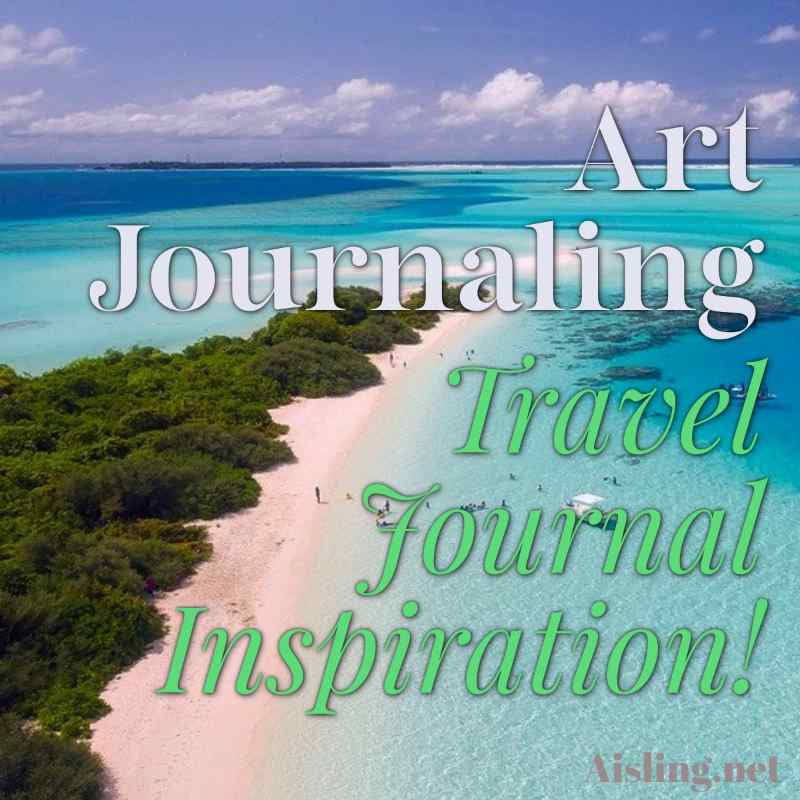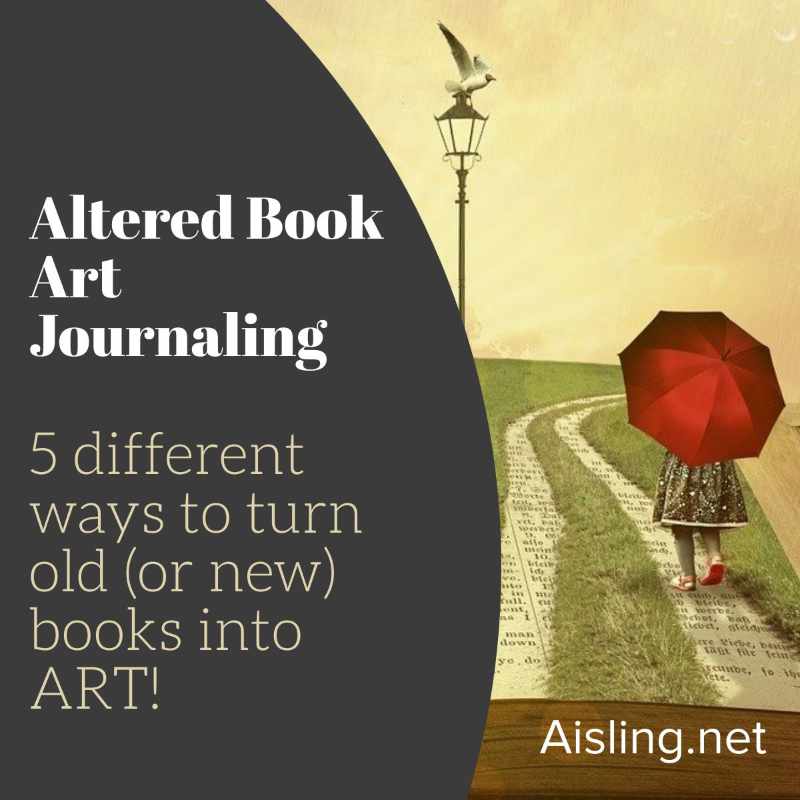Ready to travel… or just dreaming of it? A travel journal can be an adventure, even when you’re at home. Get inspired, here… I fell in love with these videos, talking about travel journaling ideas. I think you will, too. The first one is 10 minutes – longer than I usually feature, here – but…
Category: Collage & Mixed Media Art
Collage and mixed media art – examples and tutorials, including art journaling, torn paper collage, assemblages, art shrines, and more.
Art Journaling Backgrounds – The Excitement Starts Here!
Does your art journal begin with a background? Do those colors and mood spark your creativity? Ooh, take a look at what others are doing… For many of us, background colors and textures inform everything else we do with the page. These artists videos are short and fun and… wow! The first is by Purdy…
Art Journaling with Magazines – Part 1
Art journaling with magazine images can be relaxing and fun, and make a statement at the same time. It’s something anyone can do, with no art training at all. Since the 1990s, that was one of my missions: To show people – especially women – that they could express themselves in art, no matter what….
Folded Paper Art Journals
Artists’ journals can be as big – or small – as you like, especially if you make them by hand. You can even start with a single sheet of paper and – in just a minute or two – fold it into a simple journal. Here are some videos to inspire you. Folded Journal One…
Altered Book Art Journaling – How-To
Altered books are a great way to create an art journal. It’s recycling, in a way, but with lots of added benefits. Drink up these videos for ideas! The next one is a lovely demonstration by Art by Silas. It shows how to create a mixed media artist’s journal. It includes torn paper collage – one…
Fore-Edge Book Art – Historical Examples
When I first saw this concept in the movie, Crimson Peak, I didn’t think fore-edge book art was anything mainstream… ever. Now, I’ve learned that it’s a legitimate book art. (How did I never hear of this, before?) It’s something I’m considering including in my altered books art, and perhaps other projects. Another example, from…
Look at These Old, Early Selfies! 1839 – 1913
Since I use a lot of vintage images in my art, I’m always interested in early photos. Lately, I’ve been especially intrigued by “selfies” from the 19th and early 20th centuries. However, not all of them are genuine. It may be important to watch for that, especially if you’re careful with copyright issues. One of…
Journals as Story Bibles
When I’m not working on art, I’m usually researching and writing books… mostly fiction, but some true-life stories, as well. So, I was excited when I saw someone talk about journaling as a way to plot a book. (This concept was sparked by an article – now gone – called RJ’s Guide on Creating a Story…
Journal Your Way to Happiness
Journaling is included in this TED talk about the “happy secret” approach to living a more fun, productive, rewarding life. It starts with how you feel, and how positive you are. Your emotional level — how happy you are — determines how happy your life events are. Click the Play arrow to watch it. The…
Art Journals – Beauty is in the eye of…
Today, I was browsing some sites where people have posted their art journals (or artist’s journals… same thing… it’s a term always in transition). I quickly found a wonderful series of pages, and the artist (Zom) muses if they’re part of an ugly art journal. I want to say, “No! Those pages are lovely!” but…






